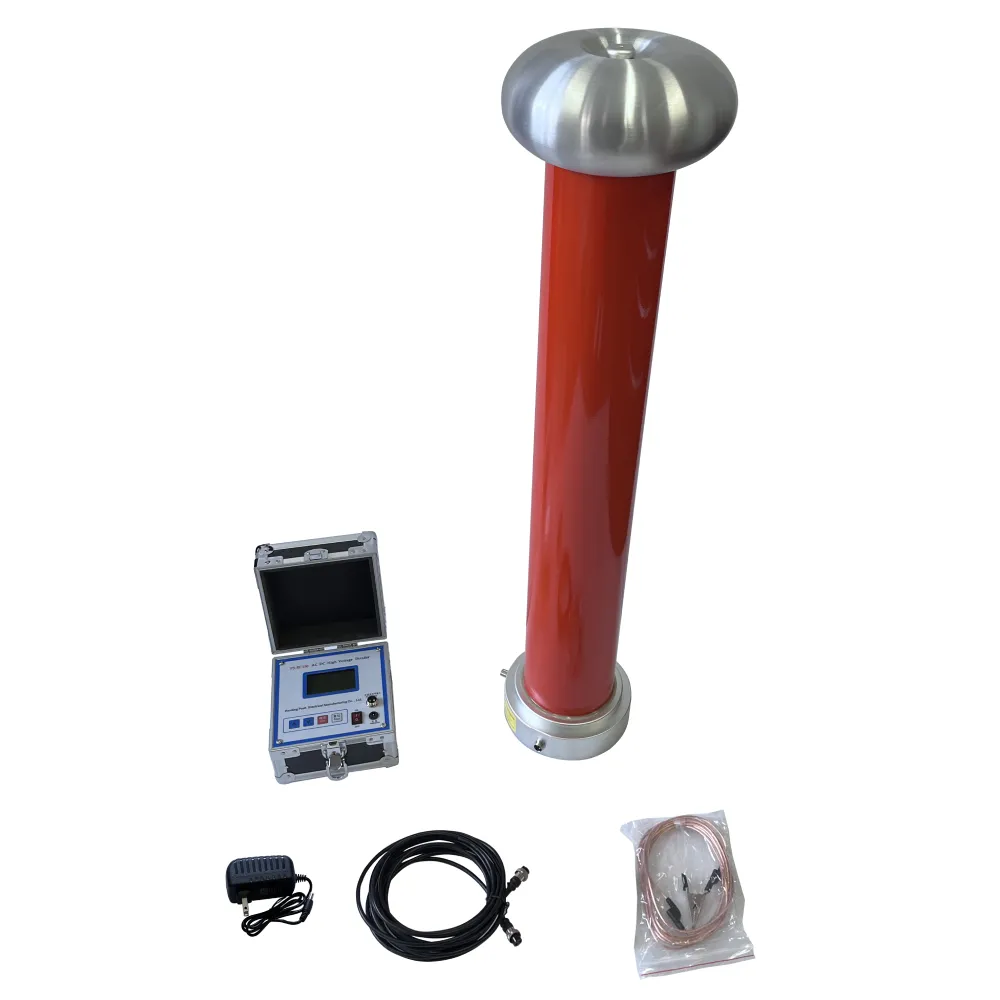TEL:
+86-0312-3189593
 English
English

Telephone:0312-3189593

Email:sales@oil-tester.com

-
 Afrikaans
Afrikaans -
 Albanian
Albanian -
 Amharic
Amharic -
 Arabic
Arabic -
 Armenian
Armenian -
 Azerbaijani
Azerbaijani -
 Basque
Basque -
 Belarusian
Belarusian -
 Bengali
Bengali -
 Bosnian
Bosnian -
 Bulgarian
Bulgarian -
 Catalan
Catalan -
 Cebuano
Cebuano -
 China
China -
 China (Taiwan)
China (Taiwan) -
 Corsican
Corsican -
 Croatian
Croatian -
 Czech
Czech -
 Danish
Danish -
 Dutch
Dutch -
 English
English -
 Esperanto
Esperanto -
 Estonian
Estonian -
 Finnish
Finnish -
 French
French -
 Frisian
Frisian -
 Galician
Galician -
 Georgian
Georgian -
 German
German -
 Greek
Greek -
 Gujarati
Gujarati -
 Haitian Creole
Haitian Creole -
 hausa
hausa -
 hawaiian
hawaiian -
 Hebrew
Hebrew -
 Hindi
Hindi -
 Miao
Miao -
 Hungarian
Hungarian -
 Icelandic
Icelandic -
 igbo
igbo -
 Indonesian
Indonesian -
 irish
irish -
 Italian
Italian -
 Japanese
Japanese -
 Javanese
Javanese -
 Kannada
Kannada -
 kazakh
kazakh -
 Khmer
Khmer -
 Rwandese
Rwandese -
 Korean
Korean -
 Kurdish
Kurdish -
 Kyrgyz
Kyrgyz -
 Lao
Lao -
 Latin
Latin -
 Latvian
Latvian -
 Lithuanian
Lithuanian -
 Luxembourgish
Luxembourgish -
 Macedonian
Macedonian -
 Malgashi
Malgashi -
 Malay
Malay -
 Malayalam
Malayalam -
 Maltese
Maltese -
 Maori
Maori -
 Marathi
Marathi -
 Mongolian
Mongolian -
 Myanmar
Myanmar -
 Nepali
Nepali -
 Norwegian
Norwegian -
 Norwegian
Norwegian -
 Occitan
Occitan -
 Pashto
Pashto -
 Persian
Persian -
 Polish
Polish -
 Portuguese
Portuguese -
 Punjabi
Punjabi -
 Romanian
Romanian -
 Russian
Russian -
 Samoan
Samoan -
 Scottish Gaelic
Scottish Gaelic -
 Serbian
Serbian -
 Sesotho
Sesotho -
 Shona
Shona -
 Sindhi
Sindhi -
 Sinhala
Sinhala -
 Slovak
Slovak -
 Slovenian
Slovenian -
 Somali
Somali -
 Spanish
Spanish -
 Sundanese
Sundanese -
 Swahili
Swahili -
 Swedish
Swedish -
 Tagalog
Tagalog -
 Tajik
Tajik -
 Tamil
Tamil -
 Tatar
Tatar -
 Telugu
Telugu -
 Thai
Thai -
 Turkish
Turkish -
 Turkmen
Turkmen -
 Ukrainian
Ukrainian -
 Urdu
Urdu -
 Uighur
Uighur -
 Uzbek
Uzbek -
 Vietnamese
Vietnamese -
 Welsh
Welsh -
 Bantu
Bantu -
 Yiddish
Yiddish -
 Yoruba
Yoruba -
 Zulu
Zulu
velj . 15, 2025 19:25
Back to list
vacuum test on transformer tank
The vacuum test on a transformer tank is a critical process that ensures the integrity and reliability of transformers in power systems. This procedure is crucial for maintaining the operational excellence of transformers, which are fundamental components in the distribution and regulation of electrical energy across networks.
The authority of vacuum tests is established through standardized procedures outlined by industry experts and organizations. Standards such as the IEC 60076 and IEEE C57 provide detailed guidelines on how to conduct these tests rigorously. Compliance with these standards guarantees that the performed tests meet international quality benchmarks, fostering trust among stakeholders. Companies that consistently adhere to such standards are often seen as leaders in transformer manufacturing and maintenance, further solidifying their reputation in the market. Trustworthiness in vacuum testing is paramount, as the reliability of power systems hinges on the condition of transformers. Manufacturers and testing companies employ third-party audits and certifications to affirm the credibility of their testing processes. Such practices ensure that the vacuum tests are unbiased and that their results are reliable. Clients and regulatory bodies value this transparency, as it reinforces confidence in the power system's safety and efficiency. In conclusion, vacuum testing of transformer tanks is a sophisticated procedure that combines technical prowess with stringent quality standards. It involves precise application of vacuum to detect potential weak points that could affect operational performance. Through experience, expertise, authoritative guidelines, and trustworthy practices, vacuum testing remains an indispensable part of transformer maintenance, ensuring power systems operate smoothly and efficiently. By embracing these rigorous testing standards, companies not only safeguard their equipment but also enhance their reputation as trusted custodians of electrical infrastructure.


The authority of vacuum tests is established through standardized procedures outlined by industry experts and organizations. Standards such as the IEC 60076 and IEEE C57 provide detailed guidelines on how to conduct these tests rigorously. Compliance with these standards guarantees that the performed tests meet international quality benchmarks, fostering trust among stakeholders. Companies that consistently adhere to such standards are often seen as leaders in transformer manufacturing and maintenance, further solidifying their reputation in the market. Trustworthiness in vacuum testing is paramount, as the reliability of power systems hinges on the condition of transformers. Manufacturers and testing companies employ third-party audits and certifications to affirm the credibility of their testing processes. Such practices ensure that the vacuum tests are unbiased and that their results are reliable. Clients and regulatory bodies value this transparency, as it reinforces confidence in the power system's safety and efficiency. In conclusion, vacuum testing of transformer tanks is a sophisticated procedure that combines technical prowess with stringent quality standards. It involves precise application of vacuum to detect potential weak points that could affect operational performance. Through experience, expertise, authoritative guidelines, and trustworthy practices, vacuum testing remains an indispensable part of transformer maintenance, ensuring power systems operate smoothly and efficiently. By embracing these rigorous testing standards, companies not only safeguard their equipment but also enhance their reputation as trusted custodians of electrical infrastructure.
Previous:
Latest news
-
Testing Equipment Industry Sees Major Advancements in 2025: Smart & Precision Technologies Lead the WayNewsJun.06,2025
-
Applications of Direct Current Generators in Renewable Energy SystemsNewsJun.05,2025
-
Hipot Tester Calibration and Accuracy GuidelinesNewsJun.05,2025
-
Digital Circuit Breaker Analyzer Features and BenefitsNewsJun.05,2025
-
Benefits of Real-Time Power Quality Monitoring Devices for Industrial EfficiencyNewsJun.05,2025
-
Earth Fault Loop Testing in High-Rise Building Electrical SystemsNewsJun.05,2025



